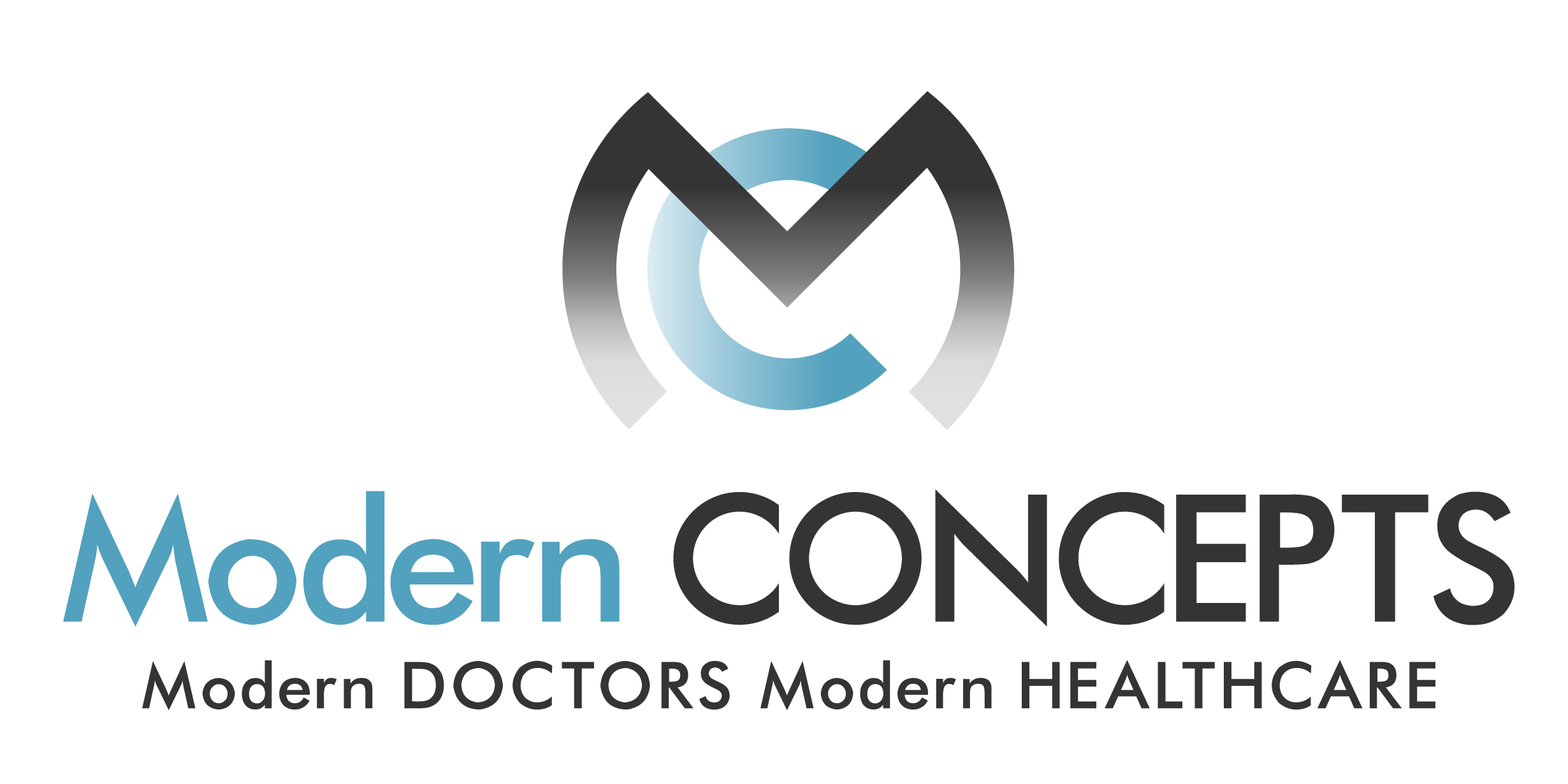One of the oldest adages in the health care profession is “the first sign of a heart attack is usually a heart attack”. This is not true of course, but it does personify our tendency to ignore warning signs until they’ve reached a level that cannot be ignored. A heart attack is not the first sign, but it’s the first sign that was significant to warrant our attention and elicit a lifestyle change. In reality, there were most likely plenty of signs before this occurred like breathing heavily after walking up a flight of stairs, low energy, sleep trouble, unmanageable stress at work, poor diet, and lack of exercise.
What’s the point? Our warning signs are typically not hard to find, but the courage to acknowledge these warning signs can be elusive.
The health of your spine behaves the exact same way. The reality is: most of us wait until our back pain has reached a threshold of pain that we can’t manage before we seek out help or make our alignment a priority. However, similar to the heart attack example above, there are many warning signs along the way that indicate our spinal health could eventually take a turn for the worst. Today we’re going to outline some of the warning signs that your back and neck pain may be about to get serious.
1) Muscular tightness, spasming, or collection of “knots”. The skeletal and muscular systems work in unison with each other. When they’re both firing on all cylinders, the human body is an extremely efficient and capable machine. However, if one of these systems is “out of whack”, it puts more stress on the complimenting system to perform.
For example, let’s say you spend a lot of time sitting at a desk and don’t exercise your core or lower back muscles. As these muscles atrophy (lose their strength due to inactivity), it places more stress on the low back to support your weight, which in term causes your low back vertebrae to wear down faster and lose their mobility. Conversely, if the spine is out of alignment, then your muscular system will overcompensate in certain areas to prevent pain/loss of function.
If you have particular spots in your back where it feels like the muscles are tighter than others, it’s probably happening for a reason. These “knots” or tight spots could be indicating that your body is “over recruiting” muscles to offset a misalignment of your skeletal system in that area.
2) Numbness, tingling, or burning sensations. In addition to irregular muscle activity, the quality of our pain can tell us a lot about our spinal health. When the vertebrae are misaligned, it can cause a symptom called neurological interference. This essentially means that inflammation, and structural changes are impacting a nerves ability to perform is regular function. For example, if you have a change in alignment in your lower neck vertebrae, you may experience numbness/tingling down one of your arms. This is because the nerve is normally responsible for sensation and function of your arm. However, due to inflammation and the alignment of the surrounding vertebrae, the nerve is being “pressed” or “kinked” like a garden hose which is cutting off the flow of information. The function is limited/changed as a result.
3) Inexplicable fatigue. This symptom is often overlooked as a product of misalignment. Energy levels can be a product of inflammation and swelling in the spine. Think about it. Our spinal cord runs from our brain stem, down to our tailbone and is responsible for all communication throughout the body. Obvious responses like movement and reflexes, as well as not so obvious ones like immune system coordination and breathing, are all controlled by neurological pathways from the spine. Therefore, if this “communication highway” is misaligned, or very inflamed due to stress, these communication pathways get jammed and the body functions at a much lower level. In a sense, we have to work much harder to elicit the response which causes fatigue.
If you are experiencing any of these symptoms above it may be time to consult a licensed physician near you to see what the cause is. Licensed chiropractors specialize in the mechanics of the body, joints, and holistic relief from neck, back, knee, hip, shoulder, and ankle pain! It may be time that you capitalized on their expertise!



